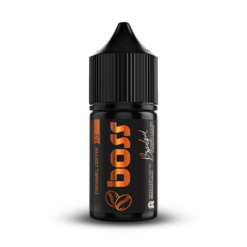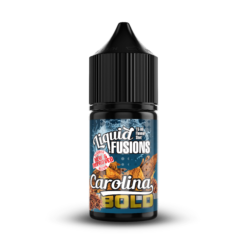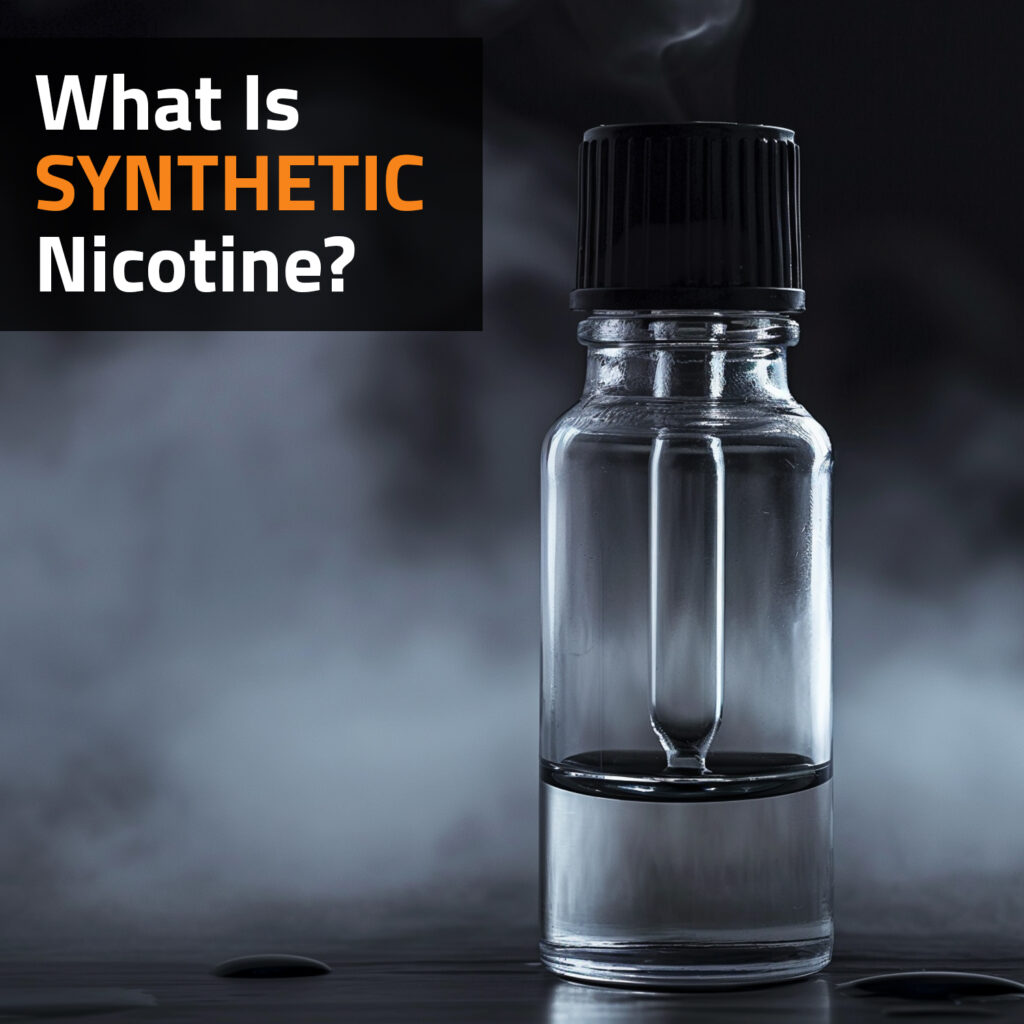If you have recently looked at a bottle of e-liquid, you may have noticed the term “TFN” or “TFN Nicotine” on the label. TFN stands for “tobacco-free nicotine,” which means that the nicotine in the e-liquid is not extracted from tobacco but is instead synthesised in a laboratory. This new form of nicotine is rapidly gaining popularity, and if you are not already using synthetic nicotine, you might enjoy the experience.
Synthetic nicotine has emerged as a significant trend in the vaping industry. With more manufacturers switching to TFN formulations, vapers may wonder how this change impacts their experience. What exactly is synthetic nicotine? Why is it gaining traction, and how does it compare to traditional nicotine derived from tobacco? This article explores the origins, production, benefits, and future of synthetic nicotine.
Where Does Nicotine Traditionally Come From?
For decades, nicotine has been extracted from tobacco plants, which are known to contain the highest concentration of this stimulant. Some high-strength tobacco varieties can contain up to 3% nicotine by weight. This natural nicotine is used in various products, including cigarettes, nicotine replacement therapies, and e-liquids.
The extraction process typically involves breaking down the tobacco leaves and using solvents such as ammonia, ethanol, or petroleum ether to separate the nicotine from the plant material. Once extracted, the nicotine undergoes further purification until it reaches pharmaceutical-grade purity, usually over 99%. Despite this high level of refinement, natural nicotine still originates from tobacco, linking it to the broader tobacco industry.
Recommended products
-
Boss E-Liquids – Caramel Coffee – Longfill Flavour Shot (15ml)
Starting From: R135.00 -
Liquid Fusions – Carolina Bold – Longfill Flavour Shot (15ml)
Starting From: R135.00
What Is Synthetic Nicotine?
Unlike natural nicotine, synthetic nicotine is created in a laboratory using chemical precursors. It is designed to be structurally identical to nicotine derived from tobacco but without any direct connection to the plant itself. One common method for producing synthetic nicotine involves starting with a precursor such as ethyl nicotinate, an ester of niacin (vitamin B3). Chemical reactions then transform the precursor into pure nicotine through a series of synthesis steps.
The process of synthesising nicotine is significantly more complex and costly than extracting it from tobacco. However, as demand has increased and production methods have improved, the cost of synthetic nicotine has become more competitive. This shift allows e-liquid manufacturers to offer tobacco-free nicotine without substantially increasing prices for consumers.
Are There Natural Sources of Tobacco-Free Nicotine?
Nicotine is found in various plants beyond tobacco, including tomatoes, eggplants, potatoes, and peppers. However, these sources contain only trace amounts of nicotine. For example, 100 grams of eggplant contains about 0.01 milligrams of nicotine. To obtain the same amount of nicotine as in a single cigarette, one would need roughly 10 kilograms of eggplant – making this an impractical source.
Although extracting nicotine from non-tobacco plants is not currently viable on a commercial scale, future developments in biotechnology may allow for the genetic modification of certain plants to produce higher concentrations of nicotine. Until then, synthetic nicotine remains the only commercially available form of tobacco-free nicotine.
Why Is Synthetic Nicotine Becoming Popular?
The shift toward synthetic nicotine is driven by several key factors:
- Regulatory considerations: Many regulations targeting nicotine products are specific to tobacco-derived nicotine. Some e-liquid manufacturers have adopted synthetic nicotine to avoid falling under the same legal restrictions.
- Consumer preference: Many vapers prefer to distance themselves from tobacco products entirely. Tobacco-free nicotine provides a way to enjoy nicotine without any ties to traditional tobacco cultivation.
- Purity and consistency: Synthetic nicotine is highly purified and manufactured under controlled conditions, ensuring consistency in quality and eliminating potential contaminants associated with tobacco processing.
- Industry innovation: The vaping industry is constantly evolving, and the introduction of synthetic nicotine represents a step forward in product innovation and diversity.
Does Synthetic Nicotine Affect The Vaping Experience?
For most vapers, synthetic nicotine provides the same experience as traditional nicotine. Because it is chemically identical to tobacco-derived nicotine, its effects on the body – including absorption rates and stimulation – remain the same.
However, some users report subtle differences. A small percentage of vapers find that synthetic nicotine produces a smoother inhale and reduces harshness, particularly at higher nicotine strengths. Others have noted a slight decrease in throat hit, although this varies depending on individual sensitivity and the specific e-liquid formulation.
One potential advantage of synthetic nicotine is the absence of residual plant compounds that can sometimes add bitterness to tobacco-derived nicotine. Some vapers find that e-liquids made with synthetic nicotine have a cleaner, purer taste.
How To Identify Synthetic Nicotine In E-Liquids
If you want to determine whether an e-liquid contains synthetic nicotine, check the label for terms such as:
- Synthetic Nicotine
- Tobacco-Free Nicotine
- TFN
Many e-liquid manufacturers prominently display this information as a selling point. Since switching to synthetic nicotine requires a significant investment, brands often highlight it as a premium feature.
Is Synthetic Nicotine Safer Than Tobacco-Derived Nicotine?
In terms of health effects, synthetic nicotine and tobacco-derived nicotine are virtually identical because they are the same chemical compound. The primary health concerns surrounding nicotine use – such as addiction and cardiovascular effects – apply to both forms equally.
However, synthetic nicotine may have an advantage in terms of purity. Because it is created in a controlled laboratory setting, it does not contain residual plant matter, pesticides, or other potential impurities found in tobacco-derived nicotine. While these impurities are typically removed during the purification process, synthetic nicotine offers a more controlled and consistent final product.
The Future Of Synthetic Nicotine
As the vaping industry continues to grow, synthetic nicotine is likely to become a standard for e-liquids. Its advantages in purity, regulatory flexibility, and consumer appeal make it an attractive option for both manufacturers and users.
Despite its rising popularity, challenges remain. The cost of production, while decreasing, is still higher than tobacco-derived nicotine. Additionally, future regulations may specifically target synthetic nicotine, bringing it under the same restrictions as traditional nicotine products.
Nevertheless, as technology advances and production scales up, synthetic nicotine could pave the way for a new era of vaping – one that is entirely separate from the tobacco industry.
Synthetic nicotine represents a major shift in the vaping world, offering a tobacco-free alternative with the same satisfying experience as traditional nicotine. As more manufacturers adopt TFN formulations, vapers will have more choices than ever before.
Whether you are looking for a purer, potentially smoother vaping experience or simply want to distance yourself from tobacco-derived products, synthetic nicotine offers an innovative solution. As the industry continues to evolve, synthetic nicotine is poised to play a leading role in shaping the future of vaping.








